Reflective Safety Vest – The Ultimate FAQ Guide
Reflective safety vests are necessary if you work on a construction site, at a traffic intersection, or anywhere else where visibility is essential.
Not only that, but reflective safety vests have a lot more to offer in terms of your safety. Such as keeping you from being hit by a car, providing you with an identity, and maintaining workplace decorum.
Do you want to learn more about reflective safety vests? We have put together a lot of information about them in this article. Read to unravel!
1. What Is a Reflective Safety Vest?
A reflective safety vest is a piece of personal protective equipment with a high visibility and reflectivity rating. A Safety vest is developed out of reflective material and regularly arrives in a huge number of splendid varieties.
Worn most ordinarily by street flaggers, development groups, and crisis staff, the capacity of safety vests is to assist with alarming individuals that another human is available in their field of vision.
The following people use a reflective safety west:
- Cyclists
- Motorcyclists
- Traffic cops
- Railway employees
- Manufacturing and Construction site workers
- Roadside workers
- Workers in yards and airports
- Fire rescuers
- Emergency service providers
- Workers with low visibility concerning areas
- Workers in extreme weather conditions
A person wearing a reflective safety vest is easily visible, which can help other people avoid colliding with them.
Health organizations mandate the use of reflective safety vests in any work environment that requires dealing with dangers.
And if you do not wear a reflective safety vest while on the job, it could result in legal concerns for the individual and the organization or corporation.
Safety vests exist in various colors, and each class of vests is built for a specific purpose.
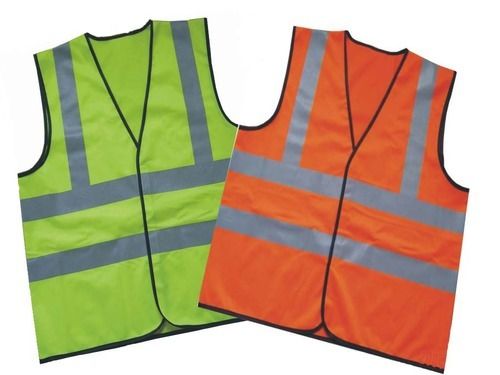
Figure 1 Reflective Safety Vest
2. What Is the Use of a Reflective Safety Vest?
Every year, numerous personnel are injured or killed in workplace incidents involving moving vehicles or machines because they did not adequately signal their presence.
Poor visibility of people traveling along the roads also contributes to many accidents.
Companies can improve the safety of persons at risk of being hit by moving cars and objects by wearing reflective safety vests with the right qualities and design.
You can do this by choosing a reflective safety vest appropriate for the conditions where people’s presence has to be highlighted.
- The reflective safety vest alerts users to their presence in areas and situations that may constitute a risk to their health and safety.
- When it is dark, the light of vehicle lamps, headlamps, and street lighting effectively highlights the reflective vests.
- This reflective signaling is very effective at all times of day and night.
- Construction workers and those performing maintenance on motorways, roads, and tracks, such as railway tracks, airports, docks, and harbors, frequently wear reflective safety vests.
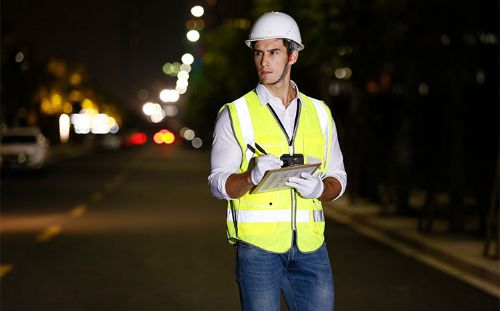
Figure 2 Reflective Safety Vests for Road Workers
- Companies can use it anywhere a worker is at risk of colliding with or struck by moving machines or objects.
- When a car breaks down, and the driver needs to repair it on the road, they are especially vulnerable to being hit by passing vehicles. A similar danger is observed in the areas where the loaded trucks are unloaded. They can use reflective safety vests in these situations.
- Medical rescue teams and fire departments also wear reflective safety vests. Authorities should mention that wearing reflective vests in all risk scenarios does not ensure total safety, but it improves visibility and dramatically reduces the danger of an accident.
- The reflective vests improve the visibility of moving persons in circumstances where they may be hit by automobiles. It is also included in personal equipment. The reflective safety vest’s classification as personal protection equipment has legal ramifications for the procedure for putting it on the market.
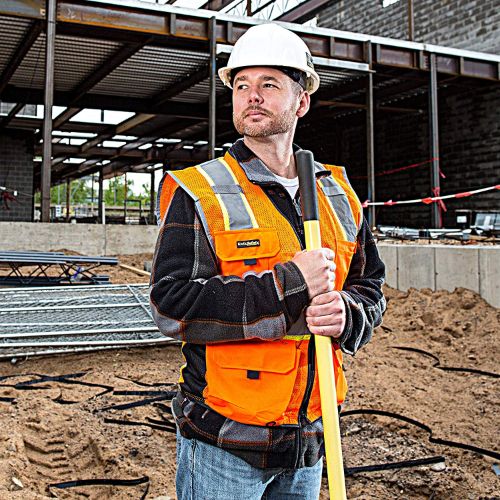
Figure 3 Reflective Safety Vest for Construction
3. Who Can Use a Reflective Safety Vest?
Workers who work on or near roadways or in situations where vehicles, cranes, cables, winches, motors, or other moving gears are used must wear safety vests.
Workers involved in emergency and construction work must be detected by those who operate potentially dangerous moving machines.
Reflective safety vests come in yellow, orange, or red and are decorated with reflective stripes, logos, and inscriptions. The safety vest to be worn is determined by the user, work area, and industry.
The standard safety and rescuing institute at America (ANSI) has given its approval to the following vests:
- Workers operating near 25-50 mph traffic, heavy machinery, or inclement weather and low visibility situations should wear ANSI Class 2 safety vests.
- Class 3 Safety Vests: Workers operating close to 50 mph traffic and in low- or no-visibility circumstances. The sleeves on these vests are longer than on Class 2.
- All the law officers, emergency handlers, and firefighters wear the ANSI 207-2011 reflective rescue vest. These vests are also known as public safety vests. These are typically worn over safety gear and can be swiftly removed in the event of entanglement.
Tips to Wear
- Daytime reflective safety vests should be yellow, while nighttime reflective safety vests should be orange.
- Set a contrast with your work surroundings when choosing the color of your reflective safety vest.
- You should use neutral detergents to clean reflective safety vests.
- The reflective safety vest must fit your body correctly. Make sure it is not tight to your body and does not lose enough.
- You should determine the class of your reflective safety vests after analyzing the amount of traffic in your work area.
- Please do not wash them with other items that will obscure their appearance.
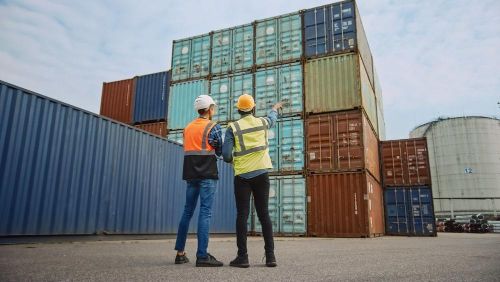
Figure 4 Safety Vest for Engineers
4. How Does a Reflective Safety Vest Improve Your Visibility?
When it comes to imminent dangers, color makes you the most noticeable. The following shows the distance at which the vest colors are visible to the approaching vehicle.
- A dark vest is visible from a distance of more than 100 feet.
- A light in the color vest is visible from more than 300 feet.
- The reflective vest can be seen from over 700 feet away.
Specific colors, such as neon yellow and fluorescent orange, elicit subconscious responses in humans.
The Bright Yellow Color
The specialty of the bright yellow color is that it is more luminous than the fluorescent orange color. The bright yellow color is on the top list of the brilliant colors on the chromaticity scale.
It is the most extensively utilized of the two colors because it shines more in daylight. Moreover, you can easily detect the presence of a yellow hue because the eyes quickly see it. Furthermore, the yellow color has a specific wavelength of 550 nm in the daytime.
During the day, the fluorescent yellow color is applied.
- Cyclists make use of it.
- Runners make use of it.
- Traffic control officers employ it.
The Neon Orange Color
The neon orange color is a hazard identifier. This color highlights the road construction signs and warnings, cones, and barrels. When traveling on the roads, the color drivers respond to “slow down” colors.
Hunting communities find it so suitable to use orange color in the forests. The orange color stands bright against the greenery and helps in the hunting process.
During the night, the bright orange color is applied.
- Construction workers make use of it.
- Hunters make use of it.
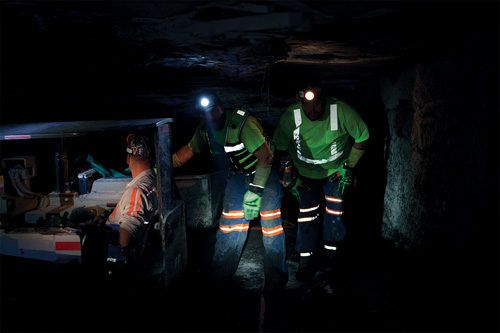
Figure 5 Reflective Safety Vest in Dark
5. What Is the Material Used in a Reflective Safety Vest?
The reflective safety vest should be made of a fluorescent color such as yellow, orange-red, or red to ensure visibility during the day.
Different material lists based on the usage during the day and the night are as follows.
Fluorescent Material:
The brightening factor of the color used as the reflective apparel backdrop material and minimum values for the brightness factor are specified in EN ISO 20471.
Retroreflection Material:
It is another high-in-use material because it is the most crucial qualitative feature of retroreflective materials.
Retroreflective materials must exceed the coefficient of retroreflection in providing adequate protection during usage. These materials comply with the EN ISO 20471 certificate. Even after maintenance cycles, abrasion, bending, cold folding, and rainstorm influence.
These tests are frequently carried out as part of the certification procedure for retroreflective materials per the EN ISO 20471 certification.
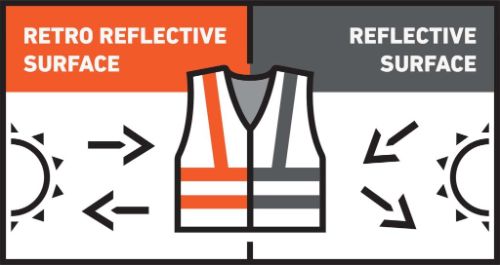
Figure 6 Retroreflective Material for Safety Vests
Combined Material:
The combined-performance materials meet the requirements for both backdrop and retroreflective materials (visible during the day), ensuring visibility during the night. They have significantly higher effectiveness and ensure that the worker is more visible.
Material Based Classification
The classification of the reflective safety vest depends upon the type of colors being used. it is designated as
- Class 1
- Class 2
- Class 3
The reflective properties in the reflective tape and the intensity of the colors used in the safety vest comply with the ANSI standards.
Your staff needs to be more visible the more dangerous your workplace is.
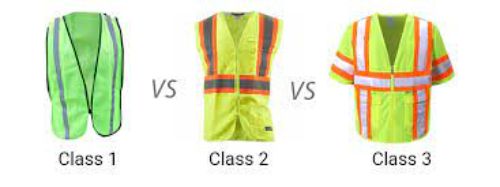
Figure 7 Variable Reflective Safety Vests
Class 1 Reflective Safety Vest
Workers in low-impact environments can wear the reflective safety Class 1 vests.
It includes regions where the speed limit is not higher than 25 m/h. Workers should be stationed safely away from the traffic to avoid injury.
Parking attendants, delivery vehicles, and roadside assistance employees often wear Class 1 vests in low-traffic regions.
Dimensions
The Reflective tape on the class 1 safety vest should cover at least 155 square inches. Reflective tape is available in two sizes: 6 feet of 2-inch tape and 9 feet of 1 3/8 inches tape.
The reflective stripes should be in a 360-degree strip across the center and above each shoulder. A solid yellow or orange color should also be present on these vests.
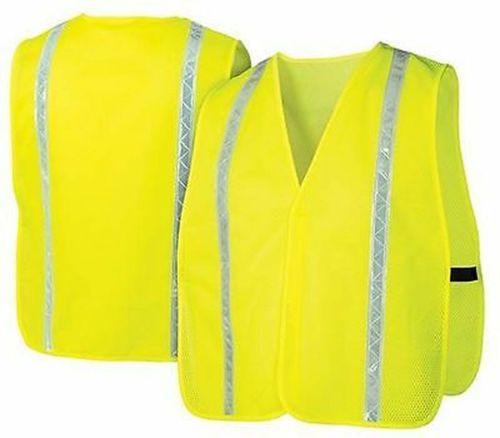
Figure 8 Class 1 Reflective Safety Vest
Reflective Safety Vest Class 2
Workers who work in high-traffic regions or low-visibility locations must wear reflective safety vest class 2.
The weather may decrease visibility in certain regions, and traffic speed can increase up to 30 m/h. Workers have been stationed at a safe distance from oncoming vehicles. Airport personnel, massive parking areas, forest workers, and toll booth operators all wear Class 2 vests.
Dimensions
The reflective tape must cover at least 201 square inches on Class 2 vests.
Reflective tape comes in two sizes: 8 feet of 2-inch tape and 12 feet of 1 3/8 inches tape.
You should wear reflective stripes over the shoulders and across the middle in one or two 360-degree horizontal lines.
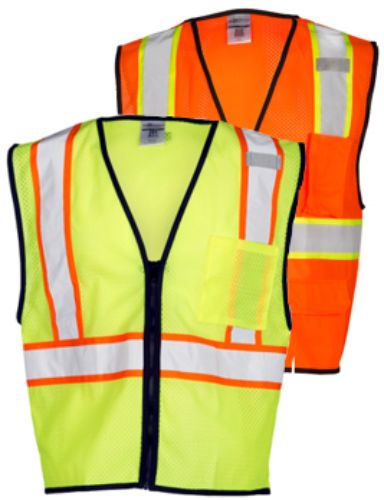
Figure 9 Class 2 Reflective Safety Vests
Class 3 Reflective Safety Vest
Employees working at railway stations, inspectors working at sites, emergency rescuers, and utility crews wear Class 3 vests. It is because they work in high-traffic locations.
In these regions, traffic speeds may approach or surpass 50 mph. Workers sometimes operate on the road or in some potentially dangerous situations. So, they should be as visible as possible to avoid injury.
Dimensions
The reflective tape on these vests is 300 square inches, 12 feet, and 2 inches wide.
It includes the need for the worker to have a complete silhouette outline. Approaching headlights make the presence of a person straightforward.
It means arm and luminous leg materials significantly exceed the Class 1 and 2 reflective safety vests requirements.
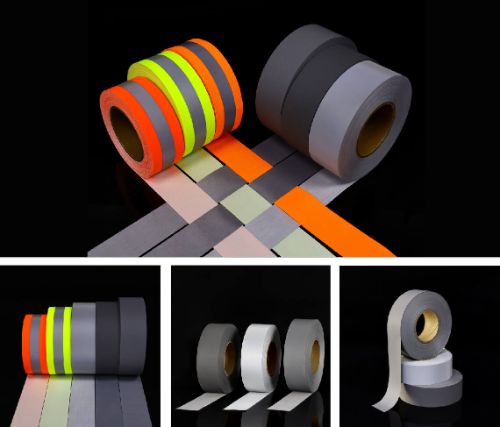
Figure 10 Reflective Tapes for Vests
6. Are Reflective Safety Vests Water and Heat-Resistant?
Yes, the reflective safety vest is designed to meet the water and heat-resisting requirements. These features are to keep you safe from catching fire in any incident.
The water-resistant properties keep you from getting wet in the heavy rain. Both parts protect you from getting troubled in severe conditions.
The material of the safety vests is specifically designed to bear the harsh weather conditions. As you need more safety when it comes to troubled situations like a building on fire or heavy rain.
7. What Is the Life of a Reflective Safety Vest?
If properly maintained, a reflective safety vest worn daily has a service life expectancy of about six months.
A reflective safety vest that isn’t worn every day can last up to three years. You have to wash your vest. It is because the concentration of the fluorescent color can be reduced by dirt.
So, by keeping the vest clean and maintaining it properly may increase its life.
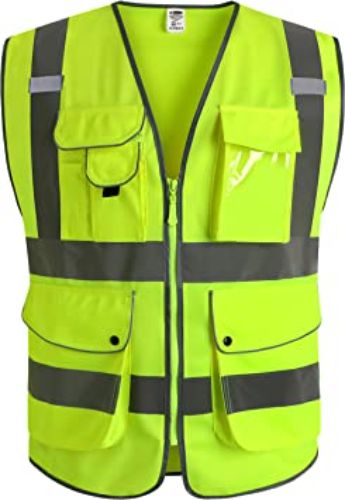
Figure 11 Top Notch Reflective Safety Vest
8. What Are the Various Types of Reflective Safety Vests?
In dangerous circumstances, reflective safety vests boost workers’ visibility. The several sorts of safety vests available and what they’re best utilized for are described here.
Reflective Vest with a Breakaway
Workers wearing breakaway vests can avoid becoming entangled in moving industrial machinery.
It will tear if your vest gets tangled with a hook or edgy material. Breakaway is especially useful around moving cars since it reduces the possibility of getting dragged.
Breakaway vests are also available, having unique zippers that will unzip when the garment is snagged.
The zippered breakaway vests are a better option for individuals who don’t like the adjustable loop and hook aesthetic.
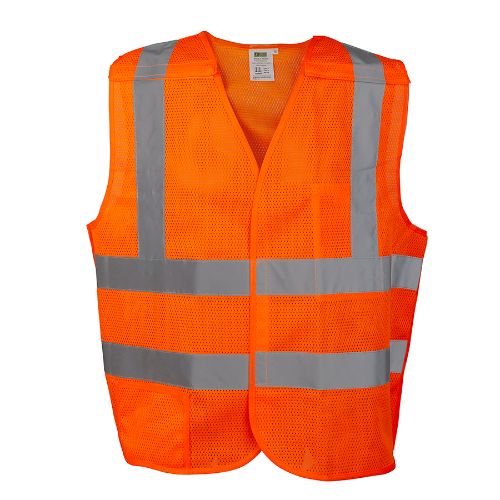
Figure 12 Breakaway Safety Vest
Reflective Vest for Public Safety
Public Safety reflective vests are a type of safety vest defined by the American National Standards Institute (ANSI) to meet the safety requirements of the responders.
It includes using a duty belt and having a breakaway option. Public Safety Vests are made specifically for police officers.
The jobs put them in danger from misdirected automobiles and violent conflicts, necessitating the deployment of a rip-resistant vest.
The vest must also be adaptable and adjustable to wear above the clothes and coats while comfortable enough for hot days on the road.
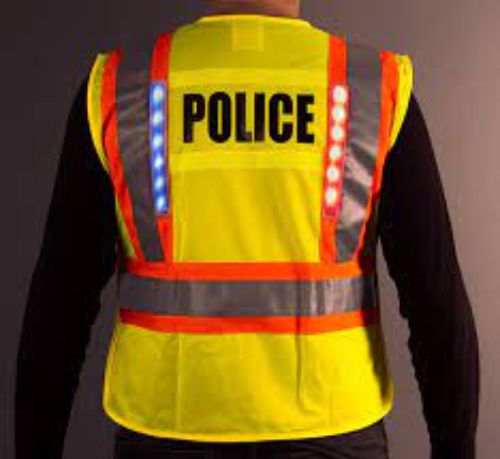
Figure 13 Reflective Vest for Public Safety
High Visibility Vest
We provide high-quality safety vests to meet your high-visibility requirements. We utilize high-quality neon fabric that will maintain its color over time.
Genuine 3MTM Reflective Material ensures that the reflective will operate at the most significant level possible.
Workwear is of high quality and long-lasting. If the reflectivity fades or the color disappears, it might result in significant injury.
9. What Are the Advantages of Using a Reflective Safety Vest?
A reflective safety vest is a vital piece of safety equipment developed and regulated to increase worker visibility. It has a lot of advantages which are listed below.
Comfortable Fabric
Unlike other uniforms such as coats or jackets, reflective safety vests are constructed of breathable mesh. So, you won’t get hot or sweaty by wearing them in the hot weather.
Fire and Heat Resistance
Reflective safety vests are specifically developed to protect you from high environmental temperatures. It is because they do not catch fire.
Wearing a reflective safety vest will surely aid in dealing with fire-catching situations if you work in an electrical department. It also saves you from hazards if you work in or deal with fireworks and equipment.
Identifies You and Your Teammates
Wearing a reflective safety vest provided by the firm or organization you work for gives you a distinct identification.
Outsiders recognize you by your outfit, which has an impact on you.
When on-site, all personnel are dispersed and focused on their assignments. So, if you require assistance, you can easily find a teammate (one who works with you) and request assistance.
Identifying your team members is very critical in times of emergency because teamwork is an essential thing at certain times.
Water-Resistant
The fabric of the reflective safety vest is designed not to get wet in the rain. Even if it does, it does not soak up water and dries quickly compared to other clothing types.
So, if you’re wearing a reflective safety vest and it’s pouring outside, don’t worry about being soaked since you’ll be dry in no time.
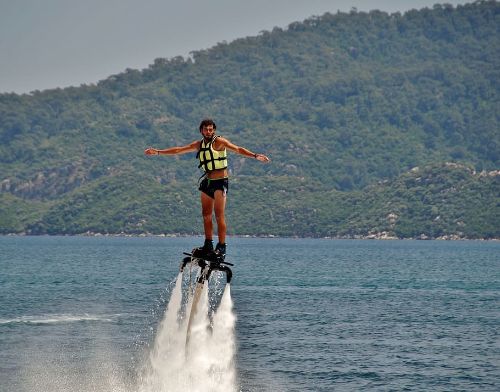
Figure 14 Waterproof Safety Vests
Helps in Company Promotion
Nowadays, most reflective safety vests are made with the company’s emblem. As a kind of advertising, several businesses also give away free safety vests to the public.
It also enables authorities and others to recognize a worker as linked with the company when working off-site.
Maintains Personal Safety
Reflective safety vests are constructed of fluorescent hues and include retroreflective adhesives.
The neon colors draw attention from afar, and the retroreflective tapes reflect light to the source. It highlights you to the other person or the cause of your danger in both circumstances.
People can quickly identify the wearer of the reflective safety vest in disasters and emergencies.
Easy Categorization
Workers are given different reflective safety vests depending on their job classification.
It assists the manager, and site visitors in determining which workers belong to which group and where they are dispersed. It allows them to combine a specific category in one location when needed quickly. It is essential in times of emergency.
On the back of the reflective safety, vests are the logos of the companies. It aids in identifying which category the worker belongs to and allowing others to approach him for assistance.
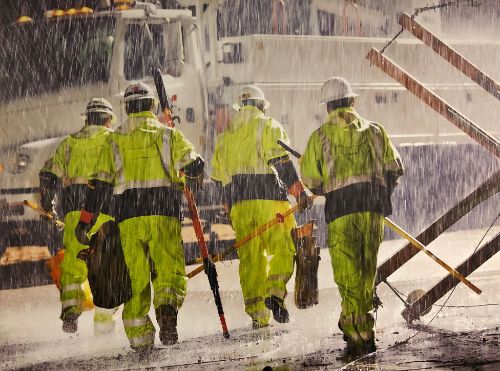
Figure 15 Water-Resistant Reflective Safety Vest
10. Are Reflective Safety Vests Available in Variable Sizes?
Yes, the reflective safety vests are available in various sizes. Depending upon your physic companies offer:
- SM
- MD
- LG
- XL
- 2XL
- 3XL
- 4XL
- 5XL
You can suit yourself with the best reflective safety vest in the available choices. Or else, you may get customized sizes (on demand).
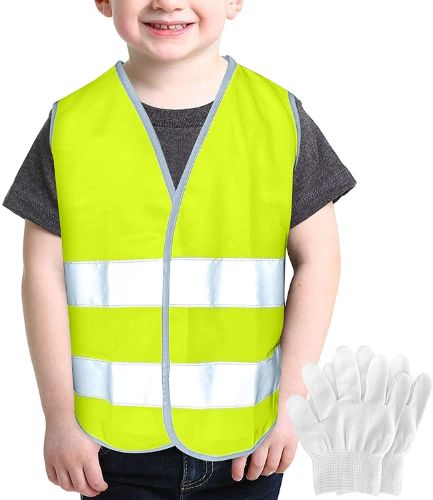
Figure 16 Reflective Safety Vest for Kids
11. What Are the Certifications of the Reflective Safety Vest?
It’s typical to have two vests that seem almost identical, and all claim to be consistent with international standards, but only one meets them.
Workers in construction sites and other dangerous environments frequently wear safety vests. They are vital to the safety of our staff.
However, statistics reveal that only one out of every three reflective garments on the market complies with ANSI/ISEA 207 or EN ISO 20471:2013. These statistics are for washability and reflectivity.
According to the ANSI/ISEA 107-2015 standard, the material used in constructing a safety vest must be certified.
An accredited, independent third-party laboratory must certify that the materials meet the specified performance criteria.
Test reports are included in the standard and should be used for evaluating the various materials.
We passed ANSI/ISEA 107-2010 Level 2, EN ISO 20471:2013 Class 2, EN 471, ANSI/ISEA 107-2010 Level 3, and other certifications for safety vests.
Our certificates are updated regularly. For more current certificates, please get in touch with our salesman.
We manufacture reflective safety vests of high quality. On the reflective clothes, we utilize approved and certified reflective tape.
